| Origem | Literatura Estrangeira |
|---|---|
| Quantidade de Páginas | 198 |
| Acabamento | Capa Comum |
| Autores | Não informado |
| Idioma | Inglês |
| Edição | 0 |
| Selo | Rowman & Littlefield Publishing Group Inc |
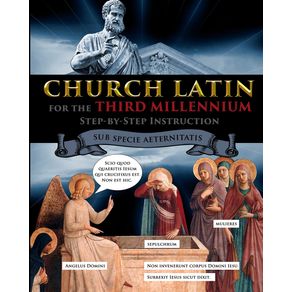 Church Latin for the Third Millennium
Church Latin for the Third Millennium
Indy Pub
R$ 109,96 ou até 2x sem juros The Complete A-Z of German Verbs
The Complete A-Z of German Verbs
Austin Macauley Publishers Ltd.
R$ 100,87 ou até 2x sem juros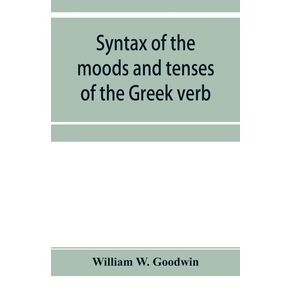 Syntax of the moods and tenses of the Greek verb
Syntax of the moods and tenses of the Greek verb
Alpha Editions
R$ 118,94 ou até 2x sem juros Fight Like a Girl
Fight Like a Girl
Computing Advantages & Training P/L
R$ 130,58 ou até 2x sem juros English for Presentations at International Conferences
English for Presentations at International Conferences
Springer Nature B.V.
R$ 238,07 ou até 3x sem juros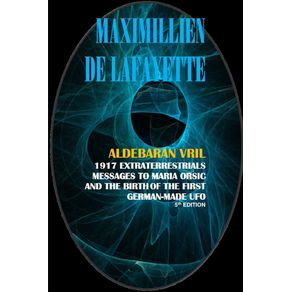 ALDEBARAN VRIL
ALDEBARAN VRIL
Lulu Press
R$ 175,18 ou até 3x sem juros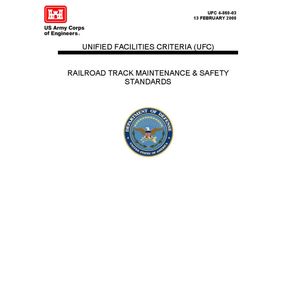 Railroad Track Maintenance and Safety Standards - Unified Facilities Criteria (UFC)
Railroad Track Maintenance and Safety Standards - Unified Facilities Criteria (UFC)
Lulu Press
R$ 149,03 ou até 2x sem juros How to Study Kreutzer - A Handbook for the Daily Use of Violin Teachers and Violin Students.
How to Study Kreutzer - A Handbook for the Daily Use of Violin Teachers and Violin Students.
Lulu Press
R$ 75,23 à vista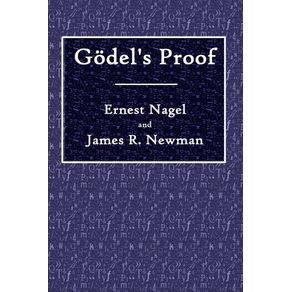 Godels Proof
Godels Proof
Lulu Press
R$ 104,93 ou até 2x sem juros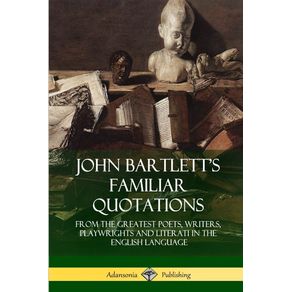 John Bartletts Familiar Quotations
John Bartletts Familiar Quotations
Lulu Press
R$ 136,93 ou até 2x sem juros Okinawa Kobudo - Volume I
Okinawa Kobudo - Volume I
Lulu Press
R$ 163,60 ou até 3x sem juros Brigate Rosse
Brigate Rosse
Lulu Press
R$ 142,91 ou até 2x sem juros Flying the Ejet
Flying the Ejet
Lulu Press
R$ 122,21 ou até 2x sem juros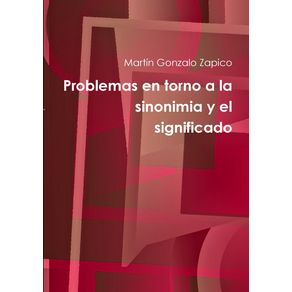 Problemas en torno a la sinonimia y el significado
Problemas en torno a la sinonimia y el significado
Lulu Press
R$ 102,67 ou até 2x sem juros Index of Zhonghua Daozang
Index of Zhonghua Daozang
Lulu Press
R$ 147,92 ou até 2x sem juros Da floresta - Vivências da ayahuasca na cidade
Da floresta - Vivências da ayahuasca na cidade
Telha
R$ 52,00 à vista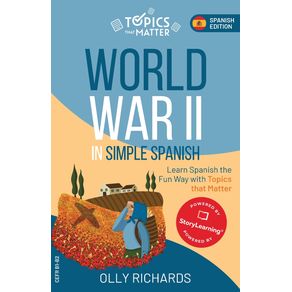 World War II in Simple Spanish
World War II in Simple Spanish
Olly Richards Publishing Ltd
R$ 185,60 ou até 3x sem juros Errores Longi Ulixis, Pars I
Errores Longi Ulixis, Pars I
Simplicianus Press
R$ 96,57 à vista Fight Like a Girl
Fight Like a Girl
Computing Advantages & Training P/L
R$ 130,58 ou até 2x sem juros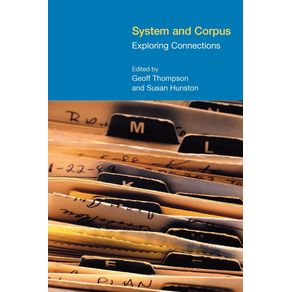 System and Corpus
System and Corpus
Equinox Publishing
R$ 268,28 ou até 3x sem juros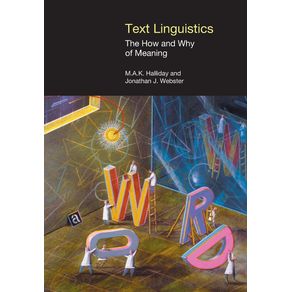 Text Linguistics
Text Linguistics
Equinox Publishing
R$ 360,12 ou até 3x sem juros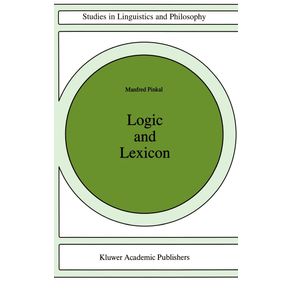 Logic and Lexicon
Logic and Lexicon
Springer Nature
R$ 1.794,60 ou até 3x sem juros Handbook of protozoology
Handbook of protozoology
Alpha Editions
R$ 138,95 ou até 2x sem juros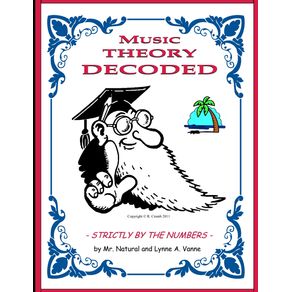 Music Theory Decoded - Strictly by the Numbers -
Music Theory Decoded - Strictly by the Numbers -
Lulu Press
R$ 224,77 ou até 3x sem juros Railroad Track Maintenance and Safety Standards - Unified Facilities Criteria (UFC)
Railroad Track Maintenance and Safety Standards - Unified Facilities Criteria (UFC)
Lulu Press
R$ 149,03 ou até 2x sem juros Godels Proof
Godels Proof
Lulu Press
R$ 104,93 ou até 2x sem juros The Beatles
The Beatles
Lulu Press
R$ 169,92 ou até 3x sem juros The Untimely Meditations (Thoughts Out of Season -The Four Essays, Complete)
The Untimely Meditations (Thoughts Out of Season -The Four Essays, Complete)
Lulu Press
R$ 127,63 ou até 2x sem juros Extraterrestrials Messages to Maria Orsic in Anakh Aldebaran Script to Build the Vril
Extraterrestrials Messages to Maria Orsic in Anakh Aldebaran Script to Build the Vril
Lulu Press
R$ 182,63 ou até 3x sem juros Problemas en torno a la sinonimia y el significado
Problemas en torno a la sinonimia y el significado
Lulu Press
R$ 102,67 ou até 2x sem juros Iniciação à sintaxe do português
Iniciação à sintaxe do português
Companhia das Letras
R$ 59,90 à vista The Complete A-Z of German Verbs
The Complete A-Z of German Verbs
Austin Macauley Publishers Ltd.
R$ 100,87 ou até 2x sem juros Hushabye
Hushabye
Read Stories - Learn English
R$ 77,19 à vista Spanish Short Stories for Beginners
Spanish Short Stories for Beginners
Marc Morgan
R$ 98,22 à vista Tolkien, Race and Cultural History
Tolkien, Race and Cultural History
Springer Nature B.V.
R$ 306,31 ou até 3x sem juros Multimodal Transcription and Text Analysis
Multimodal Transcription and Text Analysis
Equinox Publishing
R$ 353,79 ou até 3x sem juros English for Presentations at International Conferences
English for Presentations at International Conferences
Springer Nature B.V.
R$ 238,07 ou até 3x sem juros Handbook of protozoology
Handbook of protozoology
Alpha Editions
R$ 138,95 ou até 2x sem juros Railroad Track Maintenance and Safety Standards - Unified Facilities Criteria (UFC)
Railroad Track Maintenance and Safety Standards - Unified Facilities Criteria (UFC)
Lulu Press
R$ 149,03 ou até 2x sem juros The Beatles
The Beatles
Lulu Press
R$ 169,92 ou até 3x sem juros Okinawa Kobudo - Volume I
Okinawa Kobudo - Volume I
Lulu Press
R$ 163,60 ou até 3x sem juros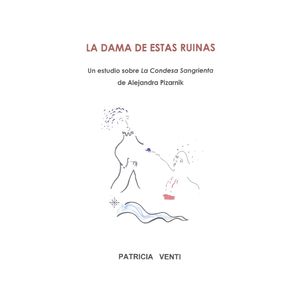 LA DAMA DE ESTAS RUINAS. ESTUDIO DE LA CONDESA SANGRIENTA DE ALEJANDRA PIZARNIK
LA DAMA DE ESTAS RUINAS. ESTUDIO DE LA CONDESA SANGRIENTA DE ALEJANDRA PIZARNIK
Lulu Press
R$ 158,69 ou até 3x sem juros The Dechmont Woods UFO Incident (An Ordinary Day, An Extraordinary Event)
The Dechmont Woods UFO Incident (An Ordinary Day, An Extraordinary Event)
Lulu Press
R$ 185,21 ou até 3x sem juros Picture Book with Bliss-Words
Picture Book with Bliss-Words
Lulu Press
R$ 86,82 à vista Sensory Balance
Sensory Balance
Lulu Press
R$ 88,84 à vista